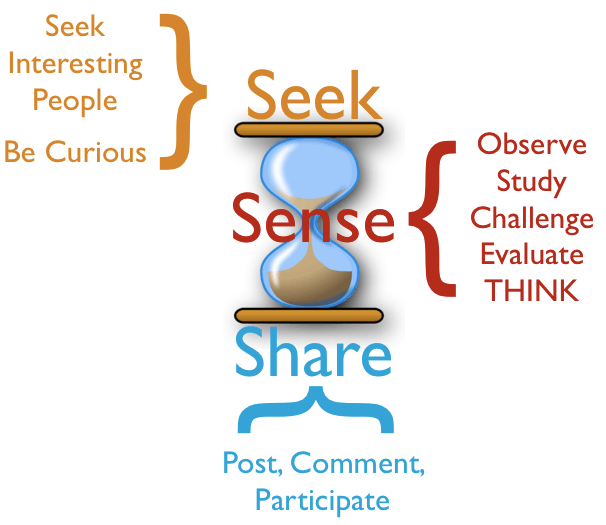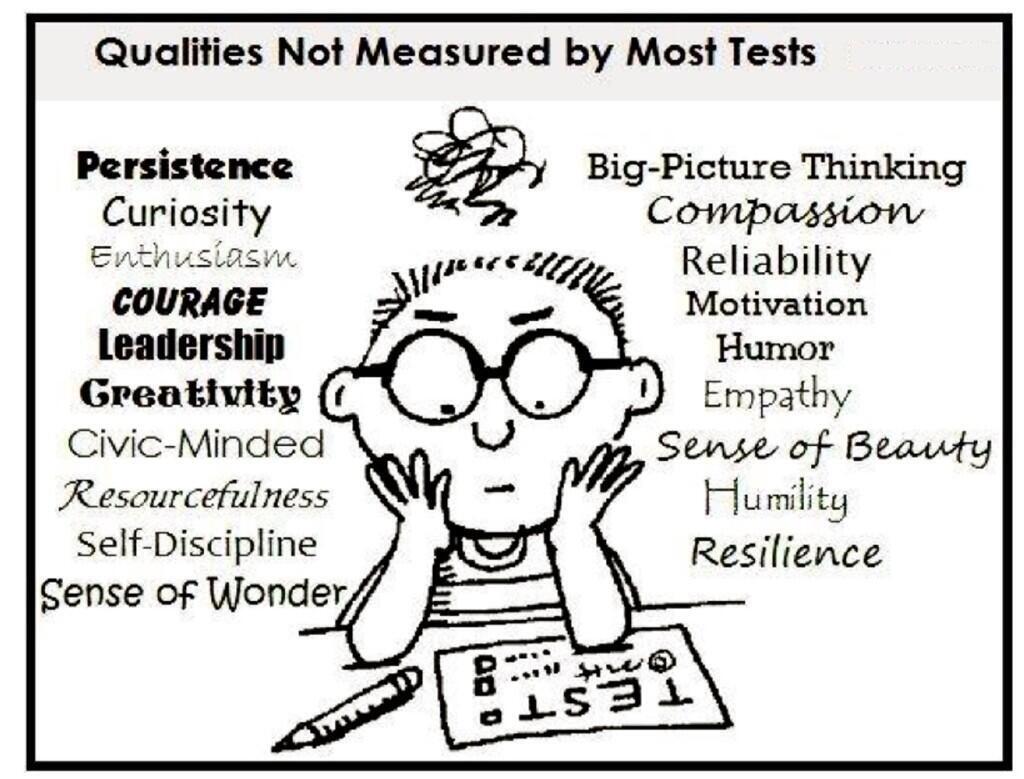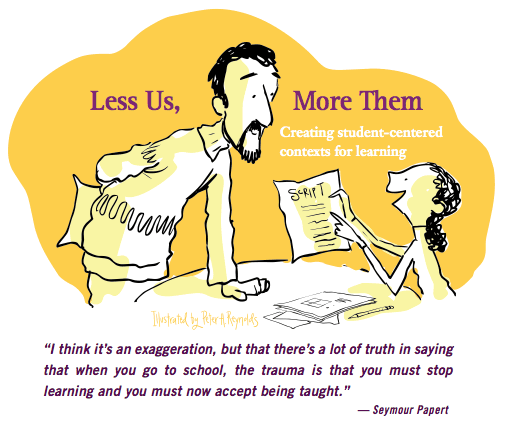To this day I still remember the article that I read about Twitter in the Staten Island Advance one cold Sunday in March of 2009. As someone who was totally against the use of social media for both personal and professional reasons, that article was intriguing to read as it essentially reinforced my negative perception. However, as I neared the end of the piece a light bulb went on. Finally, I saw a professional connection as to how I could use social media to be a better communicator and engage more stakeholders in everything that was happening at my school. This was the beginning of my digital leadership journey that started with the simple goal of building better relationships with families in the community.
Developing the means to communicate more effectively and better engage families was one of the main goals of our Twitter strategy that evolved from the article I read. We were still using traditional means of communication such as memos, on-site events such as our annual Back to School Night, PTO meetings, email blasts, and face-to-face conferences when needed. We also instituted a positive referral system that combined a paper note sent home and a phone call. I am not saying that we were awful at engaging our families, but in a rapidly evolving digital world we were not meeting them where they were at, let alone giving them a choice as to how they wanted to engage with us. It was time to transform our communications for a digital world.
The fact of the matter was that many of our parents and students were disconnected from the school. Many parents worked multiple jobs and just didn’t have the time to attend events and meetings on-site or even read an email or memo. In terms of our students, we were pretty much clueless as to the tools and means they were using to communicate. With Twitter as a starting point, my goal was to engage just a few more parents and students and if I did then that was a success. I still remember getting so giddy when parents would tell me that they read my tweet or a student would comment on a news item I shared. These little morale boosters helped me to develop a more comprehensive digital strategy, which integrated more and more tools.
Over time we learned that the real key to success was meeting these key stakeholder groups where they were at and engaging them in two-way communications using a blended approach. I was all about getting rid of paper, but we soon realized that this was still an effective way to get information out. Some families did not have Internet access or were not on social media. Thus, I still communicated using these tried and true methods. Over time I began to integrate a variety of tools in addition to Twitter such as Flickr, Instagram, YouTube, Facebook, Google+, Google Docs, Google Voice, and a school app for push notifications. Email messages were still blasted out, but instead of just all text, I began inserting video messages using YouTube to make my message more personal.
The blended approach served our school community well as we provided numerous choices as to how parents and students wanted to interact with our school. We embraced the storyteller-in-chief mindset to unleash the positive energy embedded in the great work that was taking place in our school on a daily basis. The lesson learned here was how we could create an image and identity for our school through transparency that would forge greater trust and support from our stakeholders. Thus, our concerted strategy of consistent communications and taking control of public relations resulted in the creation of a positive brand presence. Going forward the brandED strategy was all about better engaging our families while building relationships in the process.
Engaging families goes well beyond just sending out information whether it is through traditional or digital means. Communication, in general, tends to be impersonal even if video is used. As part of our engagement strategy, we made improved efforts to interact with families face-to-face. In addition to the annual Back-to-School night, we began hosting more interactive events to educate parents on our emerging innovative practices. Parents and students were invited to sit on interview committees for new teachers and administrators. When we changed homework practices as a district, parents, and students were invited to be part of the entire process, including reviewing synthesized research.
All in all, we looked for more opportunities to give families a greater sense of involvement in the school community. As partnerships were formed near and far, we always looked for ways to make the connection to an improved school culture. Involvement, either active or passive, was one of our goals. However, the major goal was to build better relationships with families by showing them how much we cared about the success of their kids and the pride we had as a school in the local community.
Developing the means to communicate more effectively and better engage families was one of the main goals of our Twitter strategy that evolved from the article I read. We were still using traditional means of communication such as memos, on-site events such as our annual Back to School Night, PTO meetings, email blasts, and face-to-face conferences when needed. We also instituted a positive referral system that combined a paper note sent home and a phone call. I am not saying that we were awful at engaging our families, but in a rapidly evolving digital world we were not meeting them where they were at, let alone giving them a choice as to how they wanted to engage with us. It was time to transform our communications for a digital world.
Over time we learned that the real key to success was meeting these key stakeholder groups where they were at and engaging them in two-way communications using a blended approach. I was all about getting rid of paper, but we soon realized that this was still an effective way to get information out. Some families did not have Internet access or were not on social media. Thus, I still communicated using these tried and true methods. Over time I began to integrate a variety of tools in addition to Twitter such as Flickr, Instagram, YouTube, Facebook, Google+, Google Docs, Google Voice, and a school app for push notifications. Email messages were still blasted out, but instead of just all text, I began inserting video messages using YouTube to make my message more personal.
The blended approach served our school community well as we provided numerous choices as to how parents and students wanted to interact with our school. We embraced the storyteller-in-chief mindset to unleash the positive energy embedded in the great work that was taking place in our school on a daily basis. The lesson learned here was how we could create an image and identity for our school through transparency that would forge greater trust and support from our stakeholders. Thus, our concerted strategy of consistent communications and taking control of public relations resulted in the creation of a positive brand presence. Going forward the brandED strategy was all about better engaging our families while building relationships in the process.
Engaging families goes well beyond just sending out information whether it is through traditional or digital means. Communication, in general, tends to be impersonal even if video is used. As part of our engagement strategy, we made improved efforts to interact with families face-to-face. In addition to the annual Back-to-School night, we began hosting more interactive events to educate parents on our emerging innovative practices. Parents and students were invited to sit on interview committees for new teachers and administrators. When we changed homework practices as a district, parents, and students were invited to be part of the entire process, including reviewing synthesized research.
All in all, we looked for more opportunities to give families a greater sense of involvement in the school community. As partnerships were formed near and far, we always looked for ways to make the connection to an improved school culture. Involvement, either active or passive, was one of our goals. However, the major goal was to build better relationships with families by showing them how much we cared about the success of their kids and the pride we had as a school in the local community.










